Payback
The payback or payback period is a criterion for evaluating investments that is defined as the period of time required to recover the initial capital of an investment. It is a static method for investment evaluation.
By means of payback, we know the number of periods (usually years) it takes to recover the money invested at the beginning of an investment. This is crucial when deciding whether to embark on a project or not.
How to calculate the payback
On the one hand, if the cash flows are the same every year the formula for calculating the payback period will be:
Where:
- Io is the initial investment in the project
- F is the value of the cash flows
On the other hand, if cash flows are not equal in all periods (for example, one year we receive 100 dolars of profit, the next year 200 dolars and then 150 dolars), we will have to subtract the cash flows from each period from the initial investment until we reach the period in which we recover the investment. Then, we apply the following formula:
Where:
- a is the number of the immediately preceding period until the initial outlay is recovered.
- I0 is the initial investment of the project
- b is the sum of the cash flows until the end of period «a»
- Ft is the value of the cash flow in the year in which the investment is recovered.
Logically, an investment with a shorter payback period is preferable. The main advantage of the payback criterion is that it is very easy to calculate.
Disadvantages
Although it is a very useful and simple method to calculate, it presents some problems:
- It does not take into account any profit or loss that may arise after the payback period.
- It does not take into account the difference in purchasing power over time (inflation).
Discounted payback is a similar method, but it corrects for the effect of the passage of time on money. In addition, other investment evaluation methods are generally preferred, such as Net Present Value (NPV) or Internal Rate of Return (IRR).
Examples of payback
In the main, two cases can be presented. On the one hand, the case where all cash flows are equal. On the other hand, the case where cash flows vary from year to year.
With constant cash flows
Suppose we make an investment of 1,000 dolars in year 1 and, over the next four years, at the end of each year, we receive 400 dolars. In this case all cash flows are equal, and our cash flow schedule will be:
| Initial Investment | Cash Flows | |||
|---|---|---|---|---|
| Year 0 | 1 | 2 | 3 | 4 |
| -1,000 $ | 400 $ | 400 $ | 400 $ | 400 $ |
To calculate the payback, we can use the formula mentioned above:
Payback = 1,000/400 = 2.5 years
According to this investment scheme, it will take 2.5 years to recover the money invested.
With variable cash flows
Now suppose we invest 1,000 dolars in a project, but cash flows are not equal every year. We receive 300 dolars in the first year, 400 in the second, 500 in the third, and 200 in the last year. Our cash flow scheme will be:
| Initial Investment | Cash Flows | |||
|---|---|---|---|---|
| Year 0 | 1 | 2 | 3 | 4 |
| -1,000 $ | 300 $ | 400 $ | 500 $ | 200 $ |
To know the payback period in this case, we must analyze in which year we recover the investment. As we can see in the cash flow diagram, in the first two years we recover 700 dolars, so there are only 300 dolars left to recover in the remaining years. As we recover more than 300 dolars in the third year (we recover 500 dolars), the payback will be between two and three years.
To see exactly when we recover all the money, we deduct the 700 dolars recovered from the initial disbursement. In our case, we are left with 300 dolars. At this point, we calculate the remaining amount between the money we will receive in the third year, using the formula above but only with the remaining money, and adding the first two years in which we have recovered 700 dolars:
Payback = 2 years + 300/500 = 2.6 years
According to this investment scheme, it will take 2.6 years to recover the money paid out.

